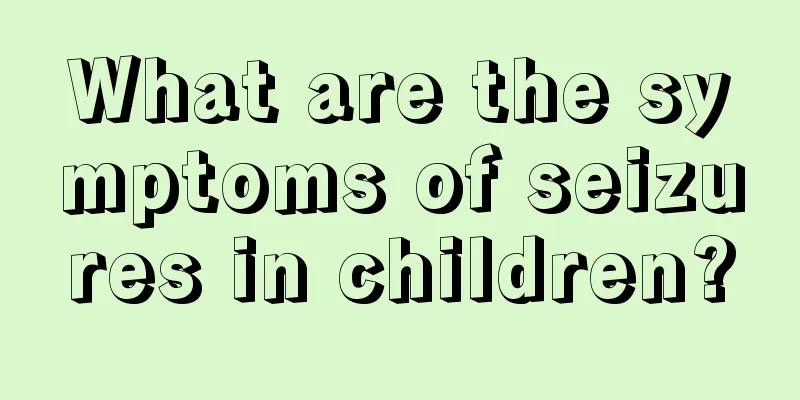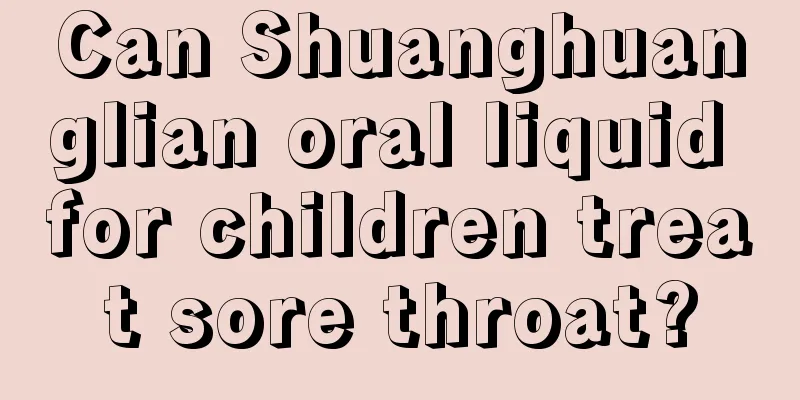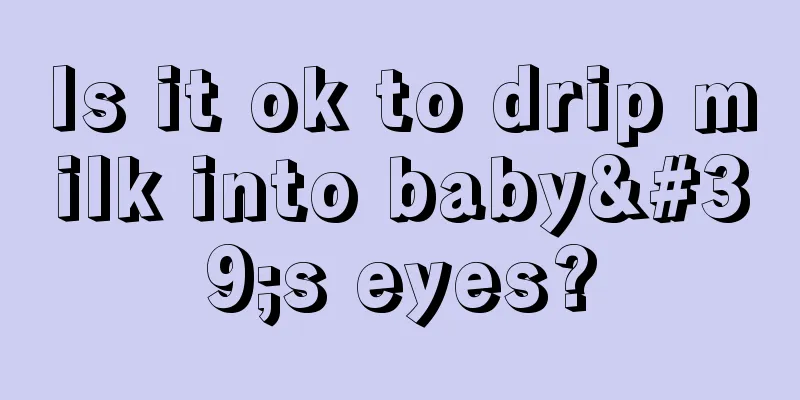What are the symptoms of seizures in children?

|
There are many children who are very timid and often suffer from convulsions when they are frightened. If not treated properly, it is easy to leave a psychological shadow, which will seriously affect the child's physical health. Therefore, if symptoms of convulsions occur, timely treatment is required. So what are the symptoms of convulsions in children? Let me introduce this issue to you below. (1) Focal clonic type: It manifests as paroxysmal rhythmic twitching of a muscle group, usually in a single limb or one side of the face, and sometimes spreads to other parts of the same side. Usually lucid. Most are accompanied by abnormal discharges in the cerebral cortex, with the main EEG manifestation being focal sharp waves, often including spikes, which can sometimes spread to the entire hemisphere. It often indicates local brain damage such as hemorrhage or infarction, subarachnoid hemorrhage and metabolic abnormalities. (2) Multifocal clonic type: It is characterized by paroxysmal rhythmic twitching of multiple muscle groups, often with multiple limbs or multiple parts twitching simultaneously or alternately. During an attack, convulsions may move from one limb to another, from one part of the body to another, or from one side of the body to the other, in no particular order. Often accompanied by impaired consciousness. The electroencephalogram shows multifocal sharp waves or slow rhythm waves that travel from one area of the cortex to another. About 75% of children have spike waves accompanied by slow waves and/or alpha-like waves of 1 to 4 weeks/s. This type is common in hypoxic-ischemic encephalopathy, intracranial hemorrhage and infection, and occasionally in metabolic disorders. (3) Ankylosing type: manifested by rigid extension of one or all four limbs, or rigidity of both lower limbs and flexion of both upper limbs. Generalized rigidity may cause the trunk to tilt backward or flex forward, often accompanied by fixed eye deviation and respiratory arrest. Except for tetanus, the patient is generally unconscious. Similar to decorticate or decorticate rigidity. This type is rarely associated with abnormal cortical discharges, with occasional spikes, the main form of which is a high-amplitude slow wave, sometimes appearing on a background of burst suppression. It is common in premature infants with intraventricular hemorrhage, tetanus, kernicterus, etc. The above is my opinion on this issue. Patients can consult a doctor for treatment, which can ensure the safety of the children and avoid dangerous situations for the children due to the above-mentioned problems, especially avoiding the occurrence of sequelae. Finally, I wish the children a speedy recovery. |
<<: Why is the child breathing heavily?
>>: What causes calf muscle pain in children?
Recommend
Recipes that can help your baby gain weight
I believe that gaining weight is a bad thing for ...
What are the styles of children's hair
Many mothers are pleased and proud of their child...
How to treat jaundice in children
Due to the mother's damp and cold constitutio...
Why does a 4-year-old child urinate frequently?
Since the baby was born, the mother has been the ...
Newborn baby's stool is a little green
Newborn babies are always breastfed, so they alwa...
Children's tongue coating is white and they cough and have phlegm
Children's coughs are very worrying for paren...
Is it normal for a baby to start teething at 4 months old?
We know that babies usually grow teeth at 6 month...
Baby torticollis corrector
Special attention should be paid to the baby'...
What to do if your 4-month-old baby has enteritis
If a four-month-old baby gets enteritis, the harm...
The child keeps complaining of stomachache
Children's physical health is one of the most...
4-year-old baby has red spots on the upper palate
If a four-year-old baby has red spots on the roof...
What are the symptoms of mental retardation in a ten-month-old baby?
For some young girls, pregnancy and childbirth it...
What medicine should children take if they catch a cold and have a fever?
The weather outside is sometimes good and sometim...
What to do if your baby has cold limbs
For every parent, once the baby has health proble...
What medicine should children take for colds in summer
Children's immunity is relatively weak. In th...









